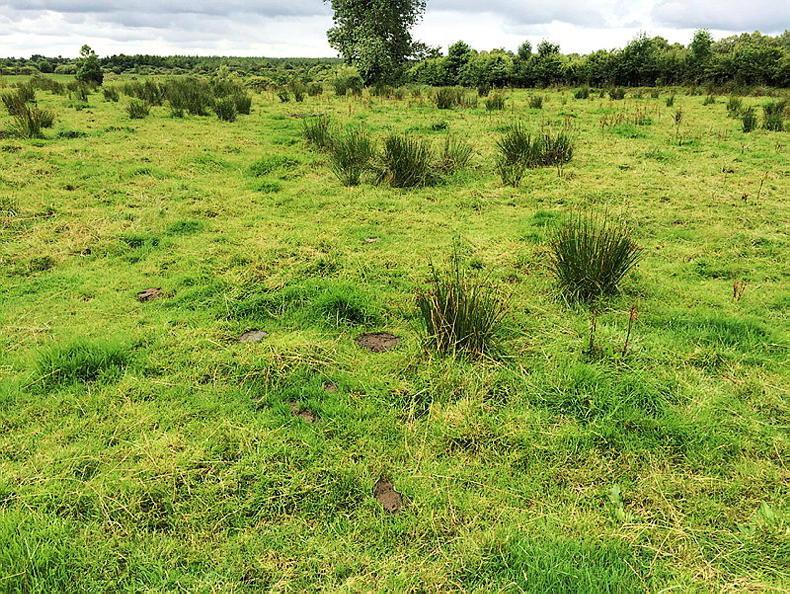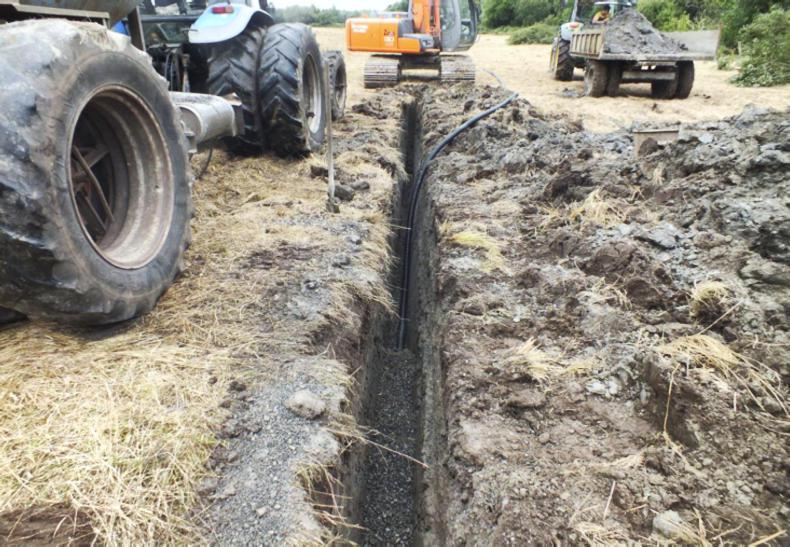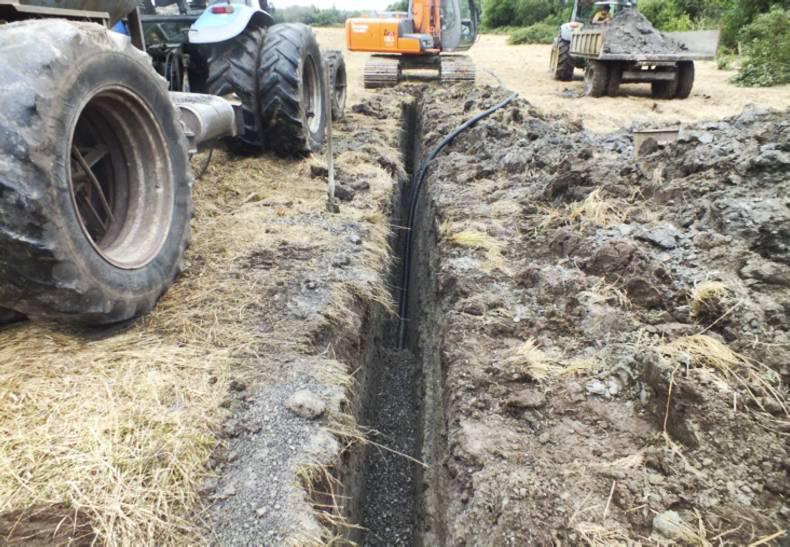REGULARLY cutting rushes close to the ground, ideally before they set seed, helps reduce their vigour. Using equipment like pasture toppers or flails can be effective. Cutting in a mosaic pattern rather than uniform strips creates varied sward heights, benefitting biodiversity. Post-cutting, removing the cut material prevents it from mulching down and encouraging new growth.
Grazing with cattle after cutting can trample rushes and suppress regrowth. Sheep are less effective as they tend to avoid rushes.
Dense infestations
Rushes thrive in wet, acidic soils. Improving field drainage and correcting soil pH through liming can make conditions less favorable for rush proliferation.
For dense infestations, applying herbicides like MCPA can be effective. However, due to environmental concerns, especially near watercourses, using a weed wiper to apply glyphosate directly to the rushes is recommended. This method minimises chemical use and reduces the risk of contaminating water sources.
Implementing these strategies collectively promtoes healthier pastures for horses.




 This is a subscriber-only article
This is a subscriber-only article
 It looks like you're browsing in private mode
It looks like you're browsing in private mode










SHARING OPTIONS: